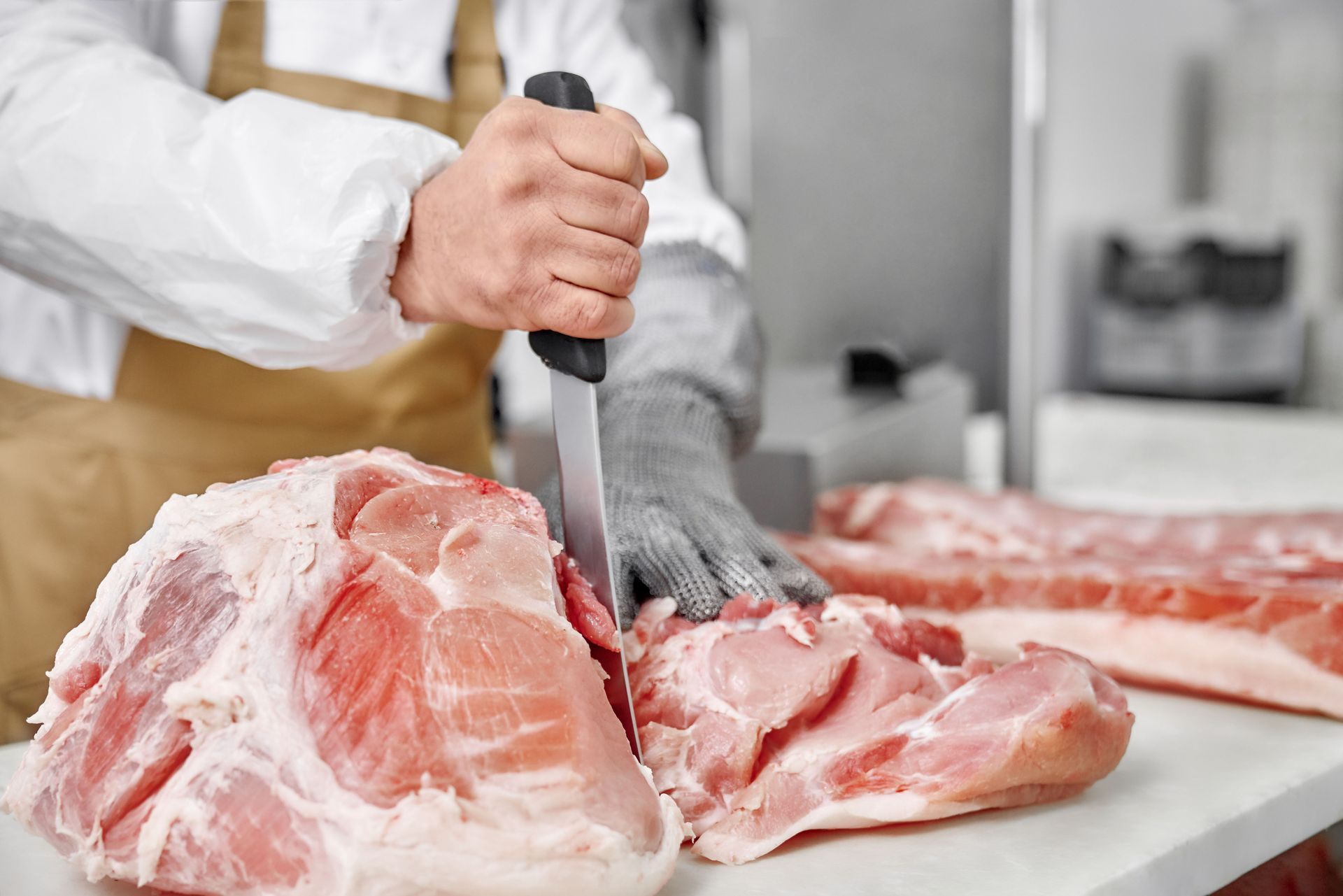The Basics of Beef Processing
Beef is an excellent source of protein to include in your diet. It provides your body with Vitamins B6, B12, zinc, riboflavin, niacin, iron, and selenium. Before it arrives at the butcher or supermarket, it goes through several steps called beef processing.
Sourcing the Meat
The first step is sourcing the meat. Before the animal arrives, a technician will examine it to see if it's suitable for consumption. The technician will properly carry out the process as humanely as possible. Then, the technicians or butchers remove the internal organs and split the carcass in half. The carcass is sprayed with water to remove any foreign elements. This is crucial for carrying out the next few steps.
Aging and Cutting
The beef is tagged and often marinated with salt or brine and hung in a cooler to improve the flavor of the meat. This makes the meat more tender and flavorful. Some meats are smoked while in the cooler to add additional flavor. Meat processing is done by companies, farmers, and some consumers that have small farms and raise animals. The last step of beef processing is cutting and preparing the beef for sale or use at home. It may be ground, smoked, pickled, and seasoned.
Beef processing involves using modern equipment like grinders, brine injectors, meat tumbling machines, sausage machines, patty machines, and smoking devices to produce a variety of products to eat. At the supermarket or meat market, you will find beef processing produces steaks, beef sausage, roasts, ribs, and beef jerky. Beef bones can be used to make stock and hide to make leather. Beef is commonly packaged in styrofoam and plastic, vacuum packed, and bagged to be sold or used at home. According to the Noble Research Institute, more than 98% of animal beef is used and processed. It is a popular food choice and is also used in manufacturing cosmetics, insulin, antifreeze, brake fluid, steroids, and candy.
Benefits of Beef In Your Diet
Lean beef provides your body with nutrients and the amino acids needed for growth and maintaining a healthy diet. It contains creatine, a substance that provides energy to muscles. The protein can help build muscles as well. Beef also contains substances that work to keep your immune system healthy called antioxidants.
Beef processing is a complex process that uses the whole cow or cattle to make food and many of the consumer products we use every day. The many uses show just how beneficial beef processing can be. If you need processing services, contact T & R Meat Processing. We take pride in serving our customers.



Share On: